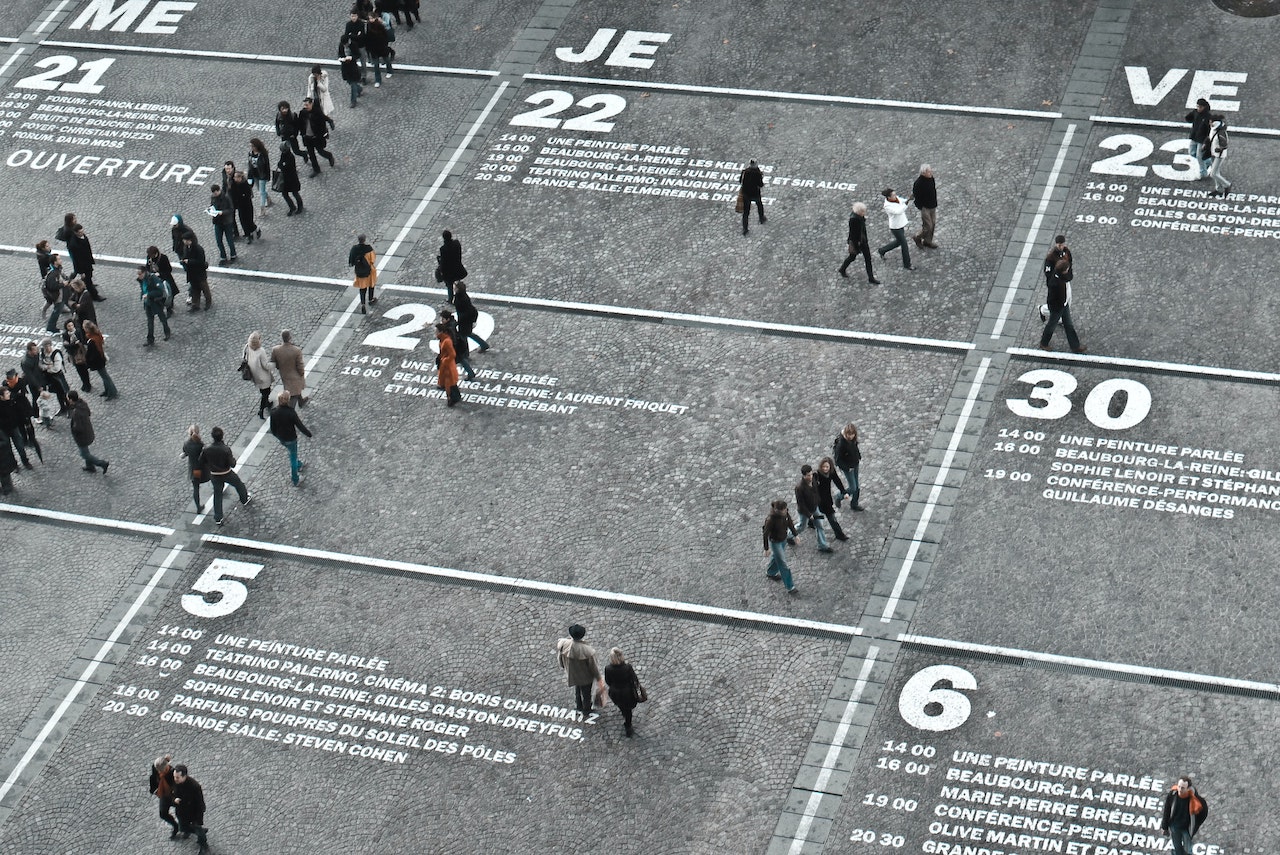Age of ‘The Commercial Strategist’
The Need The COVID-19 pandemic has brought in many new realities. The ever-evolving hospitality world has received the biggest setback in revenue generation and costs remain high. With travel at its record low, hotels need to remain agile, and they need to be at the forefront to manage different customer groups with a speed that has never been exercised before. Companies that remain true to their roots and customer bases will find it difficult to switch gears and woo a new base of customers that may be highly local or highly regional in their preferences, and less likely to be international. Can this be achieved with traditional sales and marketing structures at the hotel unit? The Tradition Change has been long desired, as the sales and marketing teams at a hotel unit remain steeped in tradition. It is time hotel owners and operators evaluate their commercial models. In recent years, many new specialist functions have emerged to compete effectively in the dynamic and complicated competitive environment. Most of these functions have been added over the years, resulting in layers. Some of these experts remain disconnected from the business in pursuing marketing activities. Revenue Management in most hotel companies remain a systems management and data managing function. The re-incarnation of the sales function in the highly digitized world is yet to happen The questions one must ask; • Have hotel sales and marketing structures evolved in the digitized world? • Are they integrative and data-led in all respects? • Can a hotel unit achieve synergies across functions without increasing costs? • Can these structures be more prudent in size and dimension? • Will the commercial team only be led by a sales leader? • Are we total revenue(s) and profitability led? The Change A few years ago, I started investing my efforts (using design thinking techniques) towards formulating a hotel-based position that would alter the thinking in which traditional sales and marketing units operate. The process of design thinking helped me to understand the needs of various customers, hotel owners, and internal stakeholders. It helped me to realize that the world of hospitality sales and marketing had not only changed dramatically but that the genesis of commercially oriented roles had taken place. There was a clear need for a leader who could drive commercial operations from the mindset of key competencies; • Being Visionary – A five-year outlook and hotel market positioning • Being Strategic – Know the business and its future path • Being Data savvy – Understand data, trends and intelligence it provides • Being Competitive – Establish benchmarks and beat them consistently The exercise produced a strong need for an analytical and highly strategic leader. The competency mix of a leader pointed to different traits, but most importantly, it found that leaders practicing strategic functions and revenue management were suitable for leading commercial operations. Some questions still came about; Can they manage teams? Can they rise above data reports? Some organizations have already moved in this direction creating a ‘Director of Commercial’ position which is led primarily by leaders who have also been revenue managers during their careers. These organizations exemplify the need to look at a business operation where functions can be more integrative and data-led. Once a hotel resets the button, it will realize that all data-led, market insights-led functions can have a well-crafted go to market strategy that speaks with one voice. It will also highlight the need to develop flexible operating commercial structures where clusters of functions can exist where required. It is time for a ‘Commercial Strategist‘ position to take shape in hotels as the lead-in position for all commercial operations. Hotels need a robust leader, a strategist who can be data-led to integrate all revenue streams, to maximize total revenues and total profitability for the asset and the owner

